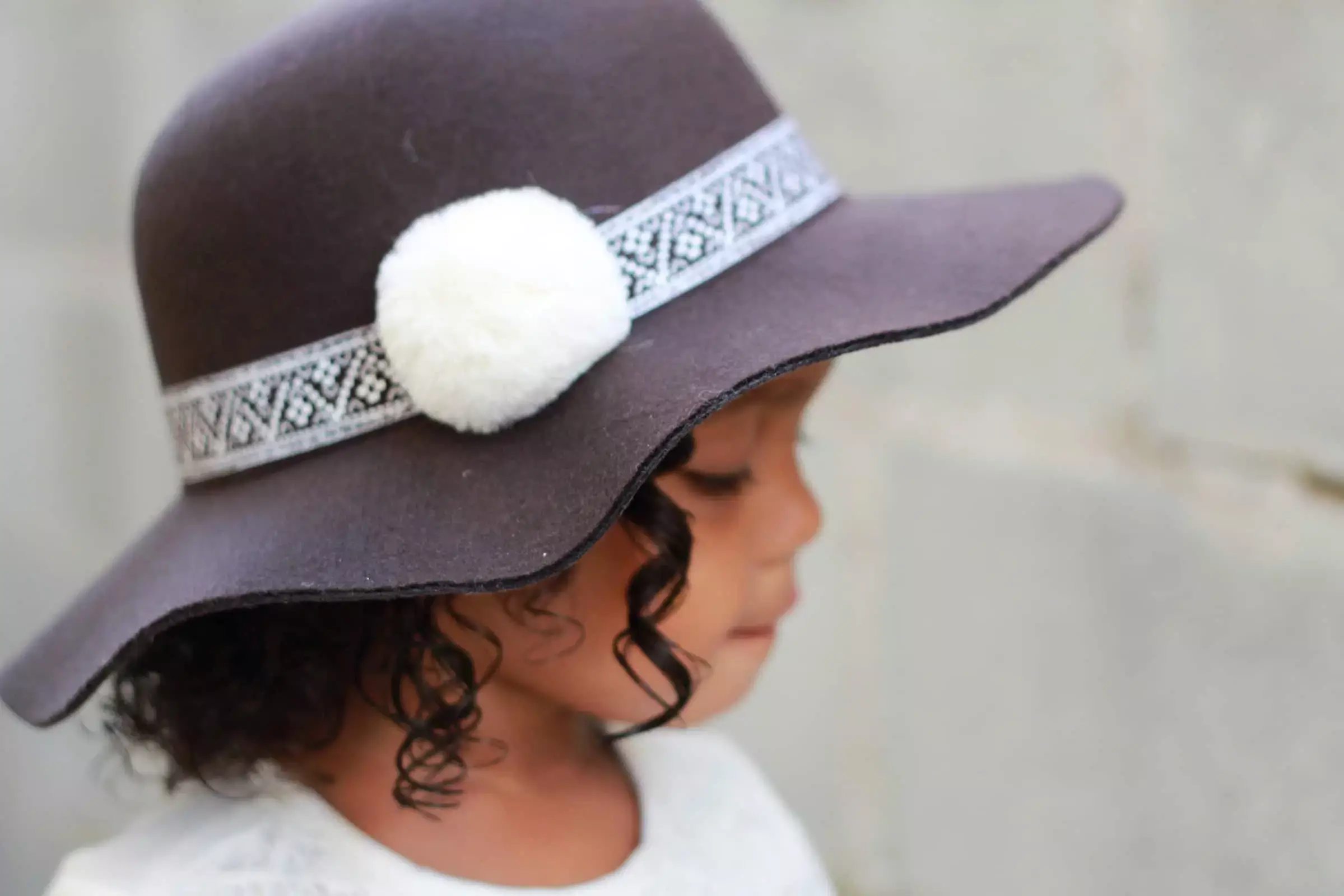Children often face a myriad of fears that seem trivial to adults yet loom large in their young minds. From apprehensions about monsters lurking under the bed to larger societal anxieties like natural disasters, it’s essential to comprehend the intricate web of emotions a child navigates. These fears are not simply products of overactive imaginations; rather, they are reflections of a child’s cognitive and emotional development. As children evolve, so do their fears, which can inform us about their growth trajectories and emerging understanding of the world around them.
At the core of many children’s fears lies a fundamental human experience: separation. The process of growing independent from caregivers can trigger a host of anxious thoughts and feelings. Young children grappling with newfound autonomy might experience increased alarm about various situations as they learn to manage the complexities of their environment. Notably, the fluctuating nature of fear is a universal aspect of the human condition, grounding itself in our innate predisposition to identify threats, even when those threats exist only in our minds.
Developmental Milestones and Associated Fears
Children’s fears evolve with their developmental stages. Infants, for example, often react to unexpected loud noises, which can trigger a stress response rooted in an incomplete understanding of object permanence. As they reach the 7-12 month mark, their cognitive abilities begin to shift: they realize people can reappear and that their voices can elicit responses from adults. This emerging understanding can simultaneously comfort and alarm as they become more aware of their surroundings, leading to experiences like “stranger anxiety.”
As children transition into toddlerhood, their fears can become more defined, including anxiety around animals and the dark. The simplicity of their understanding often magnifies this fear, as they lack the perspective to rationalize situations fully. By ages three to four, imaginative play can breathe life into their worries, manifesting in vivid dreams filled with monsters and other frightening entities. This development is pivotal—while childhood fears may seem irrational, they are not devoid of significance. They represent a child’s grappling with their emotions and a burgeoning ability to anticipate potential dangers.
Throughout early childhood, the types of fears expressed mature in tandem with cognitive and emotional growth. As children approach the ages of five and six, they may start to express fears related to physical harm and the concept of “bad people.” This period signals a critical shift: they begin to articulate concerns that reflect a more nuanced understanding of social dynamics and their place within it. Their fears can also reflect broader societal issues, indicating a growing awareness of the world, including natural disasters or existential threats.
The Role of Connection and Support
In combating these fears, parental support is vital. When children voice their anxieties, it is crucial for adults to offer a listening ear and validate their feelings. This approach fosters emotional security, providing them a framework for addressing their worries without fear of dismissal. Establishing an environment where children feel safe to share their concerns—without judgment or immediate solutions—can significantly alleviate their distress.
One method to help children mitigate their fears involves playful interaction. Through games that incorporate elements of fear, such as hide-and-seek or peek-a-boo, children can learn to navigate their emotional responses. This playful engagement allows them to confront their fears in manageable ways, facilitating emotional resilience. It is vital to remember that young children often lack the capacity to exhibit courage independently; they must be guided through unfamiliar or scary experiences, ideally with the help of trusted adults.
Encouraging Vulnerability Through Tears
Moreover, acknowledging that fears can also elicit sadness is imperative. Children often experience disappointment, confusion, or even pain when confronted with their fears. These emotions can be formidable, and the release that comes from crying can help heal their emotional wounds. Encouraging children to articulate their fears and express their feelings—whether through tears or verbal communication—should be viewed as a crucial step toward overcoming anxiety.
As children reach adolescence, their complex social dynamics further complicate their emotional landscape. They may grapple with more profound societal issues, fearing inadequacy in their relationships or academic performance. At this stage, they often seek affirmation and understanding from their peers; hence, the role of parental influence becomes more nuanced yet remains relevant.
Understanding how childhood fears evolve is essential in providing adequate support for emotional growth. Children’s fears are not mere inconveniences; they are critical opportunities for connection and development. By fostering honest dialogue around fear, offering validation, and navigating emotional experiences together, adults can empower children to approach their fears with courage and resilience. In doing so, we nurture their ability to embrace life with bravery and confidence as they grow.

